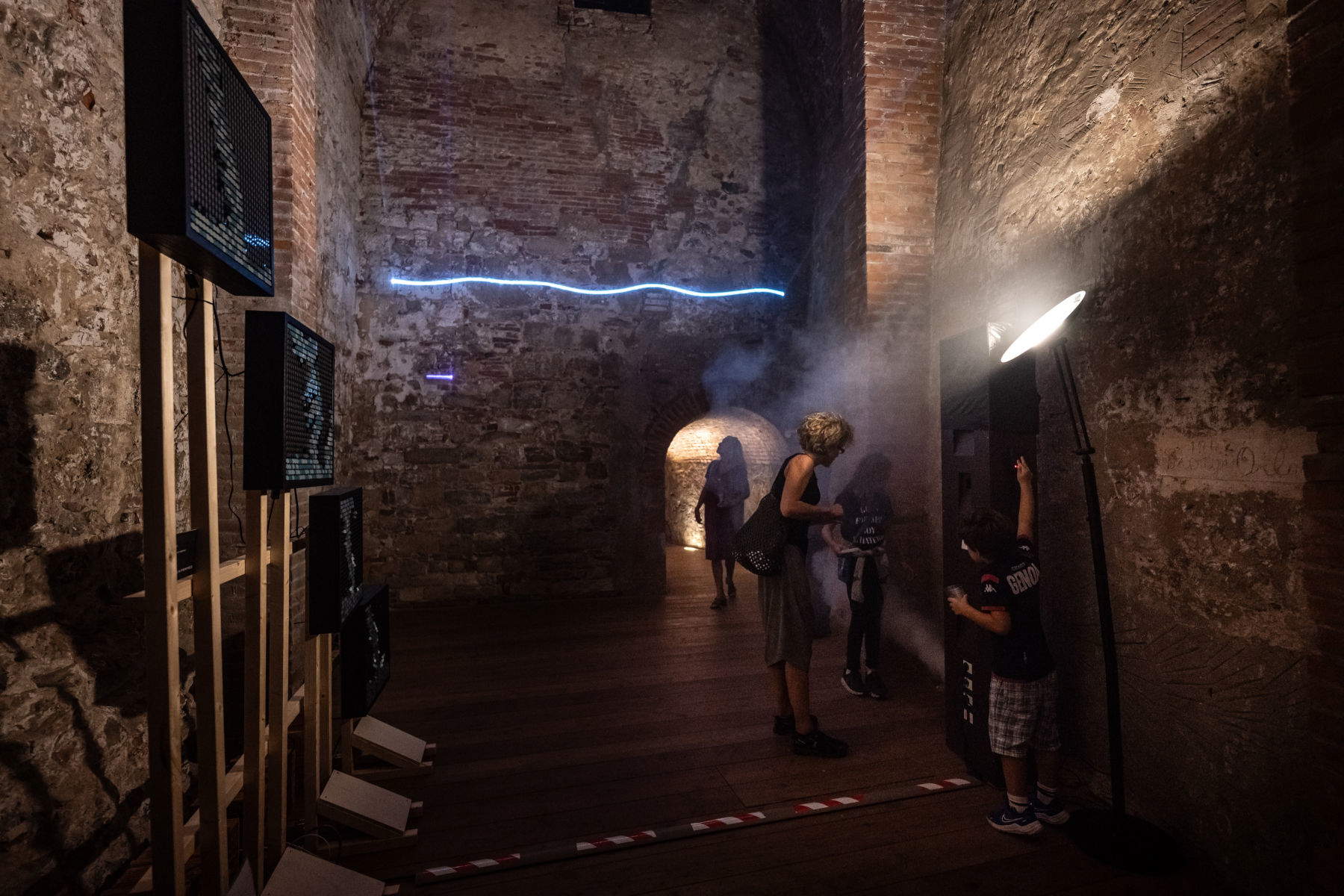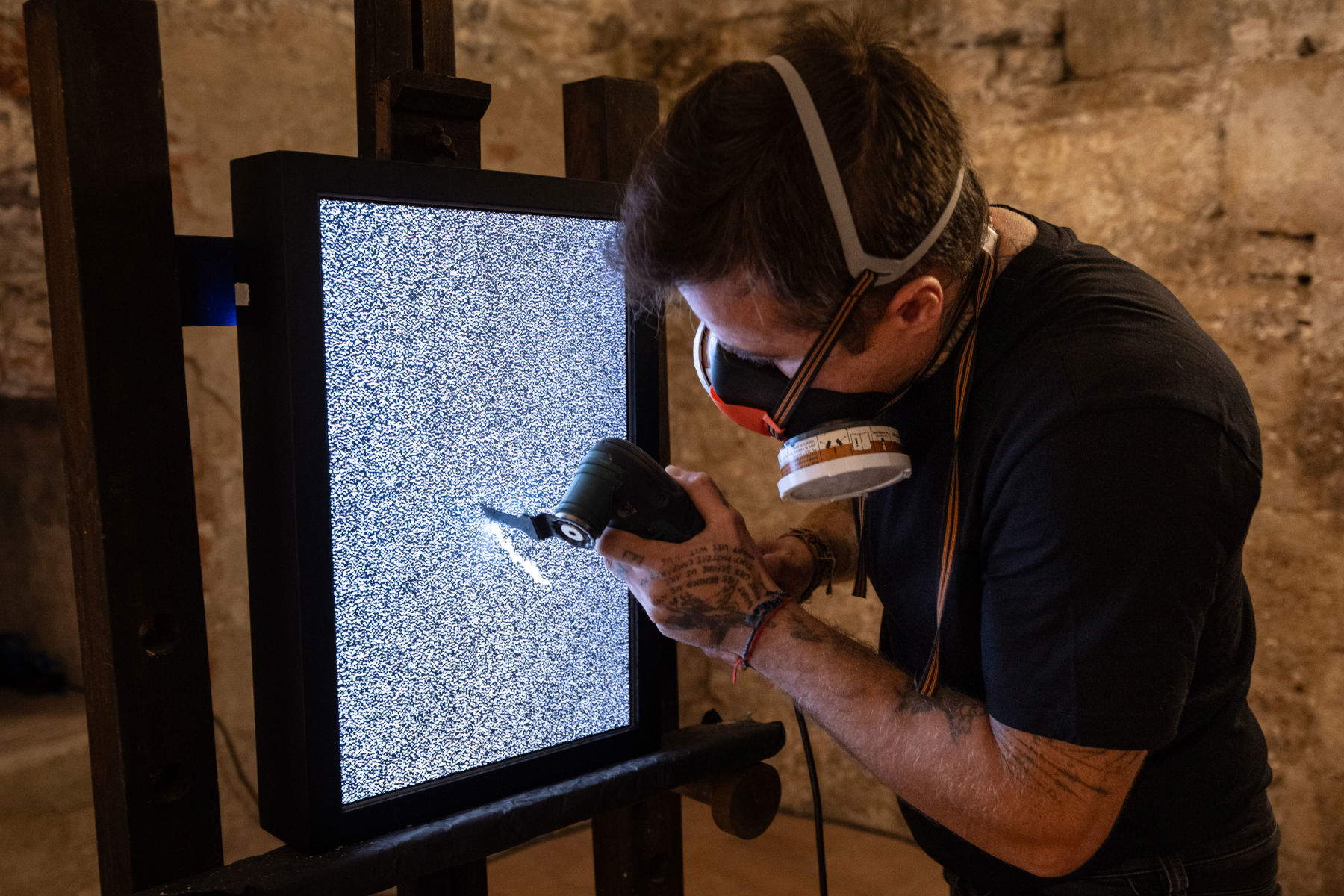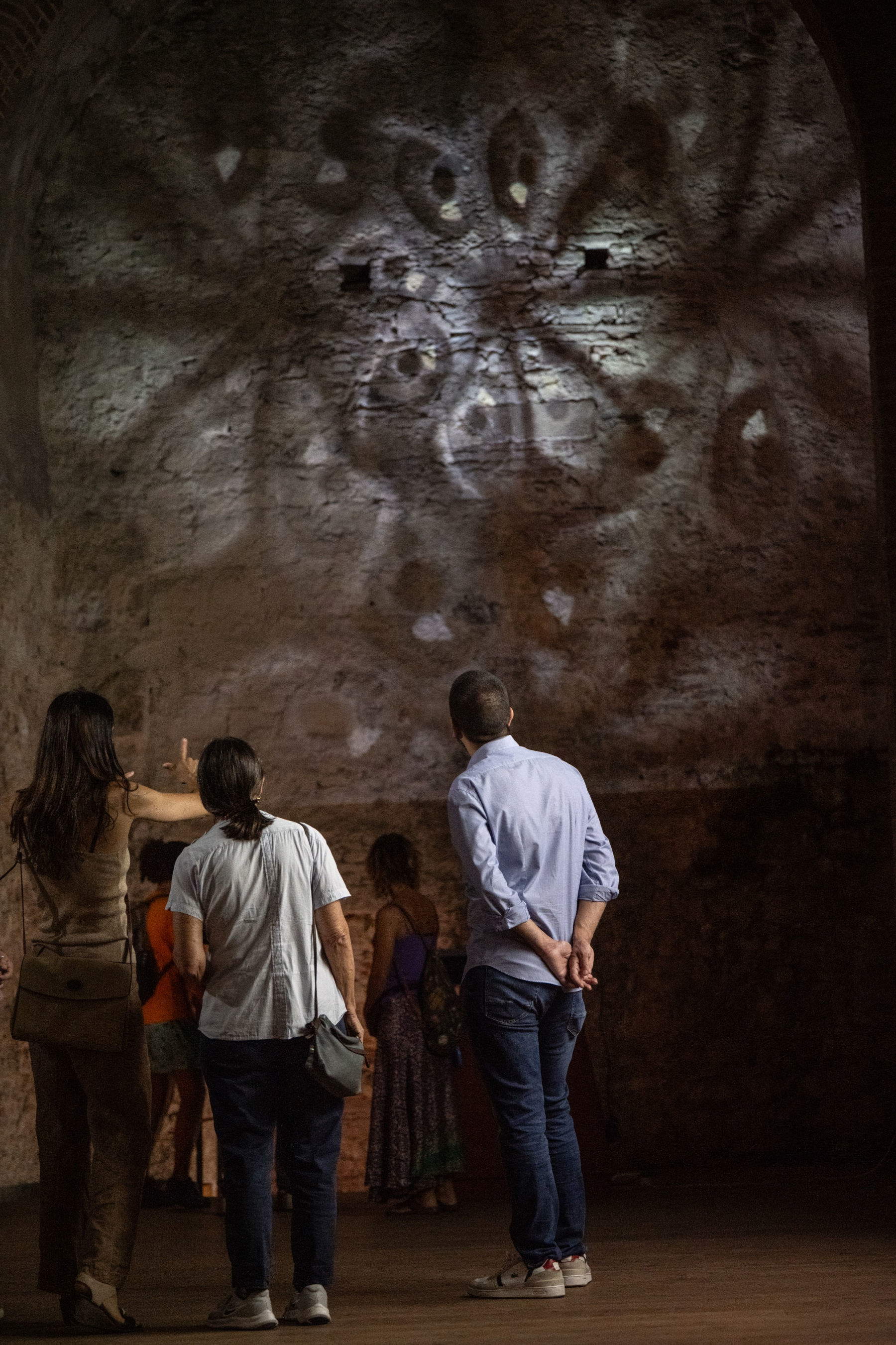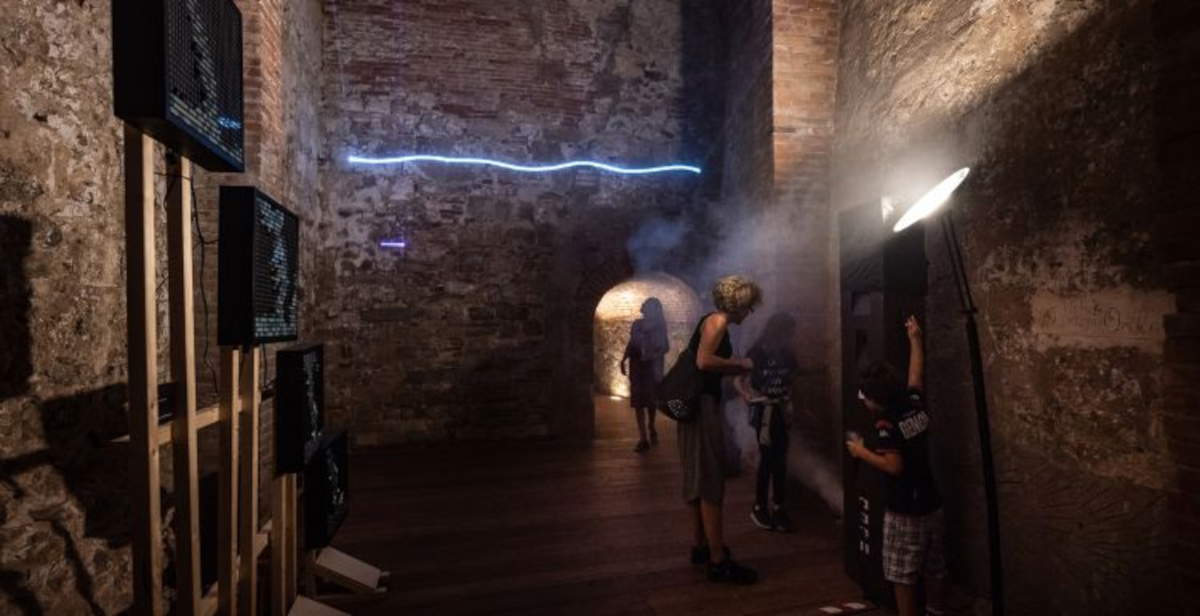Digital art, from the earliest pioneering experiments to the most recent interactive applications, is today at the center of a wide-ranging debate that spans the worlds of art, technology and society. On Oct. 8 at 4 p.m., the Museo della Grafica in Pisa will host a public meeting dedicated precisely to this evolution, an opportunity to analyze the profound changes that have marked the relationship between creativity and innovation and to reflect on how digital languages are redefining the contemporary cultural landscape. The initiative is part of the program of Unframed - Toward a New Reality, the digital art exhibition hosted at Bastione del Parlascio (Pisa) and open until Oct. 12, 2025. Curated by Claudio Francesconi and promoted by EstOvestEst - APS affiliated ACSI under the patronage of the Municipality of Pisa, the exhibition was born in the heart of an area that was a laboratory of ideas for Leonardo da Vinci and ideally continues that dialogue between art and science that the Renaissance genius made eternal. In an age marked by the expansion of artificial intelligence and the increasing use of algorithmic languages, Unframed explores the relationship between human and digital, perception and simulation, matter and data.
"UNFRAMED literally means unframed,“ explains curator Claudio Francesconi, ”and it perfectly describes the new horizon of contemporary art, where the digital work is no longer confined to physical space but moves through time and space, dialoguing with the viewer. Digital art today spreads like a wave capable of crossing continents, transcending geographical, ethnic and linguistic barriers. An art without a body, but often in dialogue with science and technology, which can manifest itself in surprising and engaging forms. With the Unframed exhibition, we wanted to recount a significant stage of this now decades-long journey; with the meeting at the Museo della Grafica, we aim to delve into its themes together with interlocutors of recognized authority."
"UNFRAMED is a choral project that unites culture, research and territory,“ says Elisa Debernardi, president of EstOvestEst APS. ”Only by working together can Pisa grow as a city of art and science, opening up new tourism and international opportunities."


The exhibition features Italian and international artists, including Nicola Villa, Owen McAteer(Ireland), Katie Morris (Scotland), Pablo Alpe (Spain), A. L. Crego (Spain) and Matteo Mandelli, author of the inaugural performance The Contact. The exhibition is thus intended as a ground for reflection on the future of art and the potential of new technological tools to expand perception and transform aesthetic experience in an ongoing dialogue between science and poetry.
The Oct. 8 meeting intends to explore precisely these issues, tracing the crucial stages that marked the entry of the digital into the artistic landscape and analyzing the prospects opened up by emerging technologies. From the first experiments, often considered marginal by the art system, to the current recognition of digital practices and languages, the discussion will attempt to outline how software, networks and interactivity have redefined the boundaries of artistic creation. Particular attention will be paid to the role of institutions and museums, which are called upon today to confront the challenges of preserving digital works and exploiting new formats. The effects of digital initiatives on the territory will also be analyzed, with reflections on the economic and tourism opportunities related to technological art and the potential of attraction and development for cities. Pisa, with its scientific and cultural tradition and the presence of universities and research centers of excellence, is proposed as an ideal context to transform artistic research into shared value and to imagine new models of collaboration between academies, institutions and the productive world.
The program of the meeting includes numerous interventions that will address the theme from different perspectives. Introducing and coordinating the proceedings will be Alessandro Tosi, professor at the University of Pisa and director of the Museum of Graphics. Speakers will include Elisa Debernardi, sinologist and president of the EstovestEst Association, which produced the Unframed event; Claudio Francesconi, director of Futura Art Gallery and curator of the exhibition; Alessandro Romanini, professor of Theory of Perception and Psychology of Form and Theory and Analysis of Cinema and theaudiovisual at the Academy of Fine Arts in Carrara; Serena Tabacchi, curator and co-founder of MoCDA - Museum of Contemporary Digital Art in London; Vincenzo Napolano, communications manager of EGO - European Gravitational Observatory; Zhang Wenchao, research fellow at the Institute of Sci-Tech Arts and professor and director of Art and Technology at the School of Design of the Central Academy of Fine Arts (CAFA); Lin Cunzheng, vice dean of the School of Design at CAFA; Pietro Alex Marra, three-year coordinator of New Art Technologies and lecturer in Digital video and Interactive Systems at the Academy of Fine Arts in Florence; and Federico Bucalossi, tutor and lecturer in Digital Applications and Computer graphics at the same Academy.

The discussion will also be an opportunity to question the relationship between aesthetics and society, the implications of pervasive technologies and the role of transmedia art in a context in which the digital no longer represents an external element, but an everyday dimension. The city of Pisa, thanks to its vocation for research and the interconnection between humanistic and scientific disciplines, is an ideal laboratory for developing new methodologies and experimenting with forms of collaboration capable of combining artistic knowledge and technological innovation.
In this framework, an important role was also played by the side event Art, Technology and New Perceptions, organized on September 24, 2025 at the Palatodisco Conference Center in San Giuliano Terme. Promoted by EstOvestEst - APS affiliated ACSI and sponsored by the Municipality of Pisa, the meeting brought together institutions, businesses and academia in a collective dialogue that emphasized the importance of collaboration for the growth and competitiveness of the territory. The appointment represented a further moment of reflection on the potential of digital art as a tool for innovation and development, strengthening the link between research and community and showing how the synergy between different knowledge can generate new cultural and economic perspectives. Supported by OEOItalia and the Italian Chinese Business Association, and sponsored by the Central Academy of Fine Arts (CAFA) and the Academy of Fine Arts of Florence, the Museo della Grafica meeting represents a moment of insight into the present and future of art in the digital age. It is a dialogue that looks at the prospects opened up by an art without frames, in constant transformation and increasingly intertwined with the challenges of the contemporary world.
 |
| Digital art and new realities: Pisa reflects on the future of creativity with Unframed |
Warning: the translation into English of the original Italian article was created using automatic tools. We undertake to review all articles, but we do not guarantee the total absence of inaccuracies in the translation due to the program. You can find the original by clicking on the ITA button. If you find any mistake,please contact us.